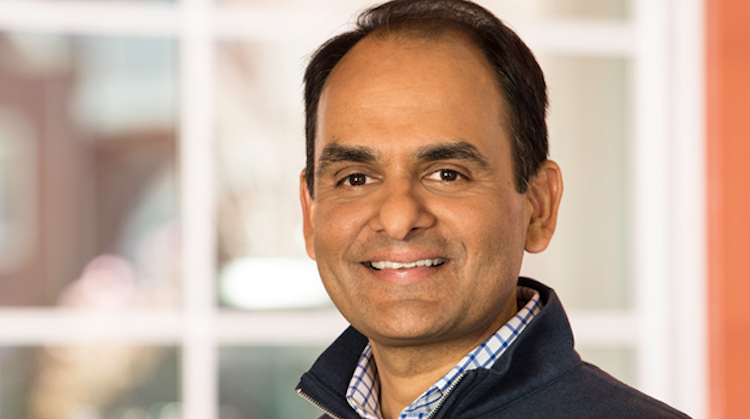Business of Fintech
‘Fintech VC needs more exits’: Arvind Purushotham, Citi Ventures
- Front-end innovation made fintech exciting but back-end innovation is where real change is made, which is why Citi is aggressively investing in cybersecurity, data and infrastructure startups
- Having so much contact and access to startups is helping them stay on top of the innovation race








